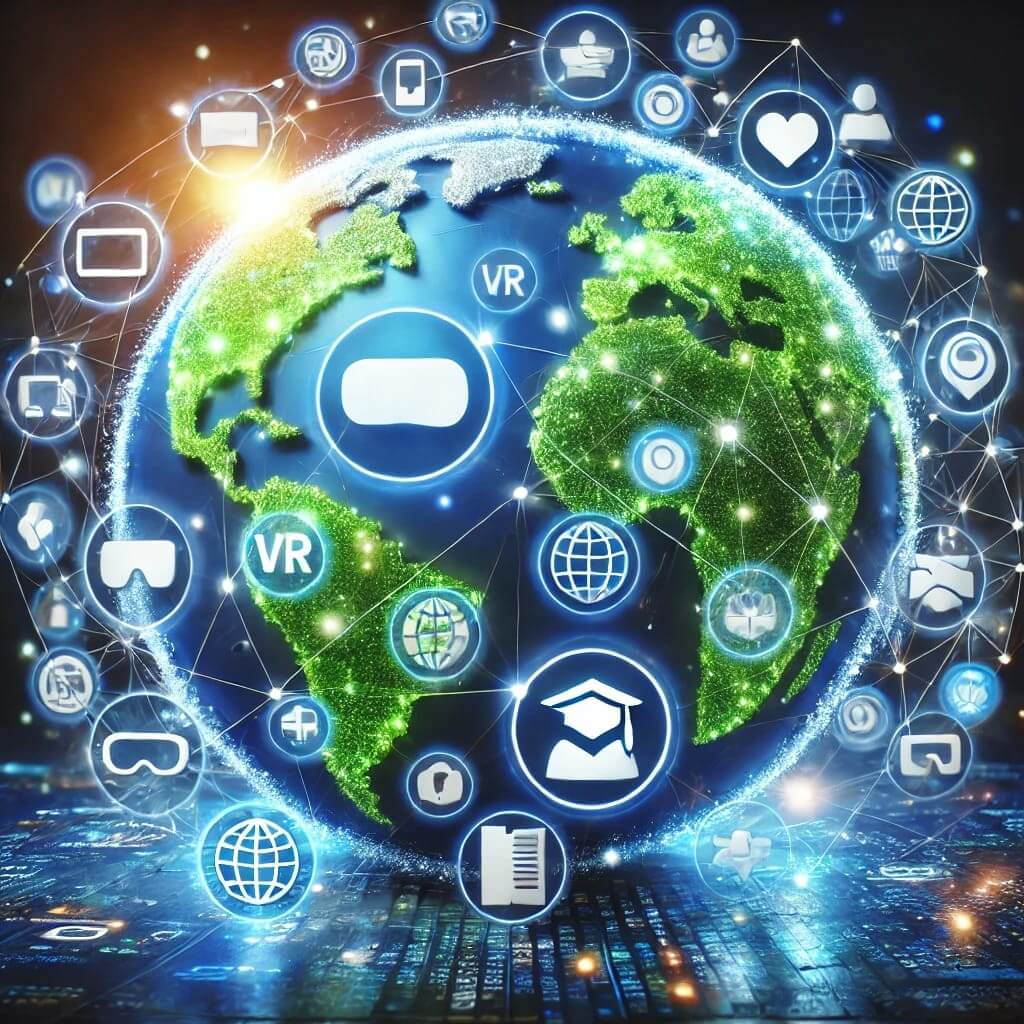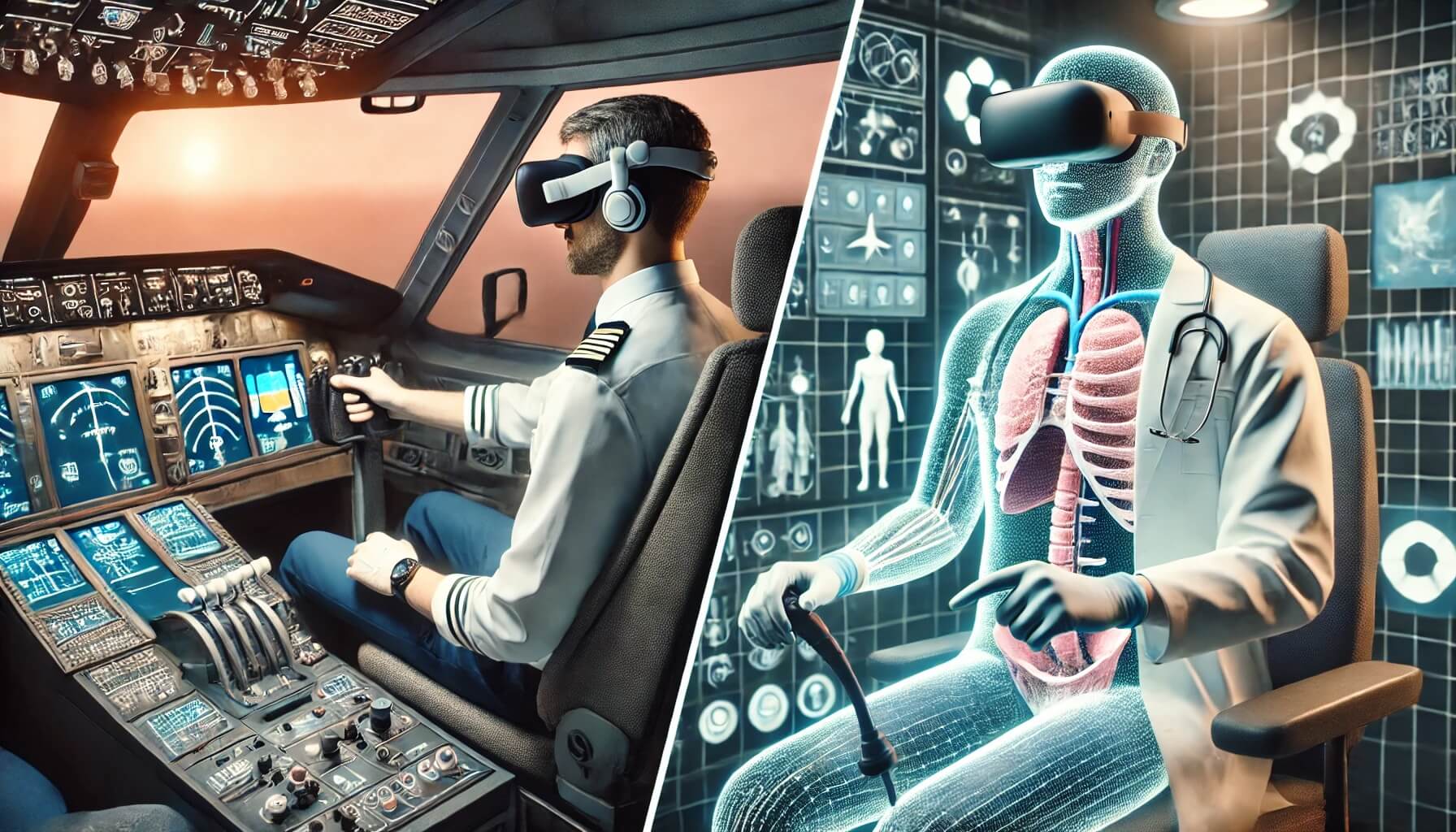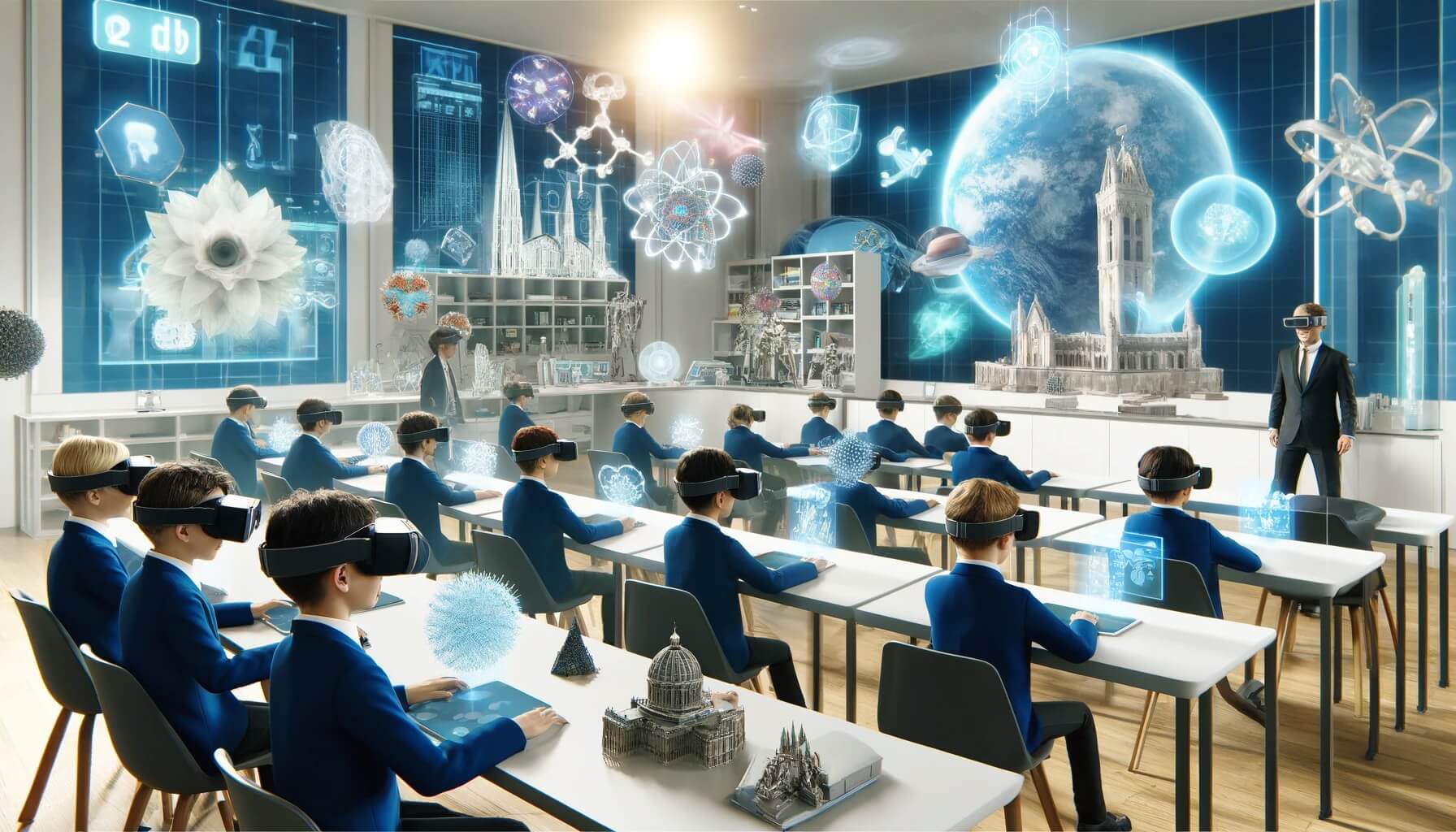Education systems all over the world have gone through some significant transformations over the last few years through innovations. Among them, VR and AR have taken the position of revolution by offering chances that engrave as well as teach besides the stimulation of senses. In this blog, the author looks at VR solutions for learning and development, as well as AR technologies that are defining the future of education, including digital libraries such as Mintbook.
The Growth of AR and VR in Education
AR and VR solutions have opened up a new realm of education, connecting theoretical understanding with practical experience. Through the use of virtual
environments and augmented overlays, students and professionals are now able to:
- Engage in practical learning: Recreate intricate situations, like medical operations or architectural plans, within a safe setting.
- Boost involvement: Engaging and attractive content makes education more fun and unforgettable.
- Enhance comprehension: Abstract ideas such as space travel or molecular biology become more accessible through engaging visuals.
The Importance of VR Solutions for Learning and Development
Traditional learning methodologies prove to be inadequate in meeting the needs of all learning styles. This issue is solved by implementing VR solutions since it provides a first-hand experience of the task hence benefiting the visual audial, or kinesthetic learner. Here’s the way VR is transforming education and training:
1. Personalized Learning Journeys
VR platforms can adapt to individual learning paces and preferences. For instance, a student struggling with geometry can explore 3D models and interact with shapes in a virtual environment, making the learning process tailored and effective.
2. Breaking Geographical Barriers
With VR solutions, geographical limitations are no longer an issue. Students from remote areas can attend virtual classrooms, access high-quality content, and collaborate with peers globally. Mintbook’s digital library offerings incorporate AR and VR elements, enabling learners to immerse themselves in virtual collections, investigate historical sites, or interact with dynamic educational resources from any location.

3. Skill-Based Training
Sectors such as healthcare, aviation, and manufacturing gain significant advantages from VR-driven training programs. Surgeons are able to rehearse complex operations, pilots can replicate flights, and engineers can understand machinery functions—all within a safe and regulated virtual environment.
4. Promoting Lifelong Learning
VR technology guarantees that education extends beyond the classroom. Professionals can consistently enhance their skills and learn new ones through virtual training programs, remaining relevant in their industries. Mintbook’s AR and VR solutions improve continuous education by providing an extensive digital library filled with curated materials for various ages and professions.
How Mintbook Utilizes AR and VR in Education and Learning
Mintbook, a leader in digital library solutions, combines AR and VR to build a comprehensive learning environment. Its cutting-edge offerings enable educators, students, and organizations to adopt technology-enhanced learning. Here’s how Mintbook excels in leveraging AR and VR:
1. Interactive Digital Libraries
Mintbook’s digital library is more than a repository of books. With AR and VR integration, users can explore content in dynamic ways. For example:
- Examine 3D representations of historical items or anatomical
- Engage in online excursions to museums, archaeological locations, or research
- Participate in game-based learning activities to strengthen understanding of
2. Immersive Educational Content
The platform offers a wide range of VR modules tailored to various subjects, such as:
- Science and Technology: Virtual labs for experiments and
- History and Culture: Walk through ancient civilizations or historical
- Arts and Design: Practice painting or sculpting in a virtual
3. Corporate Training Programs
Mintbook extends its AR & VR solutions to corporate sectors, enabling effective training and development programs. Employees can learn leadership skills, enhance teamwork through virtual simulations, or gain hands-on experience in their respective domains.
4. Inclusive Learning for All
Mintbook increases the accessibility of VR solutions for persons with disabilities so that they can learn effectively. The user accessibility of the platform is enhanced by components that allow for audio descriptions, subtitles, and adjustable layouts.
Advantages of AR and VR in Education
1. Enhanced Retention Rates
Research indicates that immersive learning experiences greatly enhance information retention. AR and VR assist students in visualizing and engaging with material, simplifying the retention of intricate ideas.
2. Cost-Effective Training
Although the upfront cost of AR and VR solutions might appear steep, they ultimately become cost-efficient over time.
Virtual simulations eliminate the need for expensive physical setups, equipment, or travel for training purposes.
3. Safe Learning Environment
AR and VR let learners practice in a secure environment so there will be no adverse effects in the actual field. For example, a surgical training student can make virtual surgery, or a pilot feels the real takeoff or landing prepared without any danger.

4. Encouraging Teamwork
Virtual environments allow learners to work together effortlessly, no matter where they are. Mintbook’s virtual library encourages group discussions, collaborative projects, and peer learning via VR-enabled platforms.
Challenges and the Way Forward
Although the possibilities of AR and VR solutions for education and training are vast, some obstacles must be overcome:
- High Initial Costs: Creating and deploying VR solutions necessitate considerable financial input in both hardware and software. However, platforms like Mintbook are making these technologies more accessible.
- Technical Barriers: Restricted availability of high-speed internet and
VR-compatible devices may impede adoption, especially in developing areas.
- Content Creation: Producing high-quality VR content requires skill and time, which can lead to delays.
To address these challenges, stakeholders need to emphasize:
- Collaborating with technology providers to reduce
- Expanding internet infrastructure and device
- Motivating teachers and content developers to adopt AR and VR
The Future of AR & VR Solutions with Mintbook
The adoption of AR & VR solutions as a part of training and development is only the first step. As technology advances, we can expect further innovations, such as:
- AI-Powered VR: How to integrate AI to VR in order to develop relevant, personal learning spaces of interest.
- Haptic Technology: Improving VR utilizing touch feedback as a means to bring out a tangible sensation in response to that of the UI.
- Global Collaboration: Bringing together learners from all over the world into common learning platforms enhancing multiculturalism.
Mintbook stands as ready to spearhead such change since it is always updating its digital library services.
In conclusion, AR and VR solutions have revolutionized learning and development, enhancing engagement and enabling skill-based training. Mintbook’s dedication to innovation and inclusivity ensures diverse learners benefit from these technologies. The integration of digital libraries and immersive tools will reshape education, fostering a more informed and empowered society.

